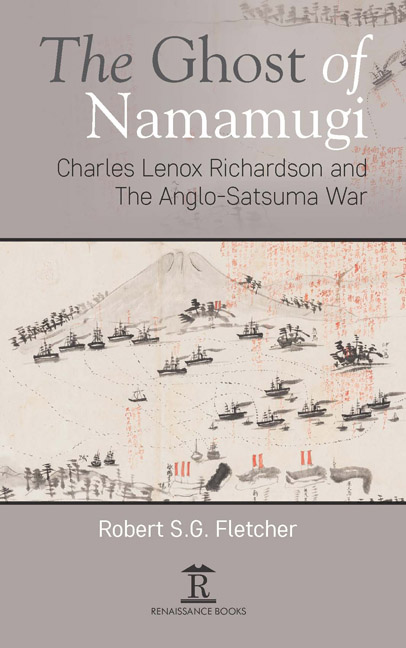1 - ‘Afloat and Settled in China’, 1853–1862
Published online by Cambridge University Press: 30 April 2022
Summary
BY THE TIME Richardson's ship pulled into Shanghai, the Treaty of Nanjing was ten years old. The rights and wrongs of the Opium War had divided British opinion, but with peace came soaring expectations of the gains: in the years before Richardson's departure from England, the idea of China buzzed as the latest frontier of British commerce. Westerners’ ignominious ‘confinement’ to Canton seemed a thing of the past. Foreigners now had the right to reside at Fuzhou, Xiamen, Ningbo and Shanghai. Their encounters with the Chinese were to be shielded under the provisions of extraterritoriality. Hong Kong was ceded to Britain's control and, drawing on its vast military reserve in India, became the pivot of British maritime power along the China coast.
Among the newly-opened treaty ports, Shanghai was quick to emerge as the merchants’ favoured prospect. Sitting near the mouth of the vast Yangtze river, many pictured Shanghai becoming the premier interface between the world and the productive regions of Middle China. A prosperous walled city and its suburbs – perhaps 200,000 strong by Richardson's time – had commanded an important trade in cotton long before the Westerners came. But with the formal opening of Shanghai to foreign trade in November, 1843, a separate settlement was staked out, three-quarters of a mile to the north, beyond the city walls and the narrow Yanging Creek, on a low, flat stretch of land where the Wusong and Huangpu rivers met (pl.3). Between the two sites – the walled Chinese city, and the foreigners’ self-proclaimed ‘model settlement’ – lay a ‘deep cultural and psychological gulf ‘; both Chinese and foreigners produced detailed maps of their own communities that rendered the other a blank space.
At the time of Richardson's arrival the foreign settlement was about 430 acres in size: exclusive, upstart, and expressly orientated towards the river; a bustling anchorage, ‘the Liverpool of China’. A few short years of activity had already been sufficient ‘to turn the course of trade in all the chief staples…from the long-beaten track of Canton’ toward its northern rival. At Shanghai the water's edge had already become the Bund, that much mythologised embankment running north to south along the Huangpu, lined by floating jetties and impressive two-storey commercial buildings that were office, storehouse and residence combined.
- Type
- Chapter
- Information
- The Ghost of NamamugiCharles Lenox Richardson and the Anglo-Satsuma War, pp. 11 - 27Publisher: Amsterdam University PressPrint publication year: 2019



